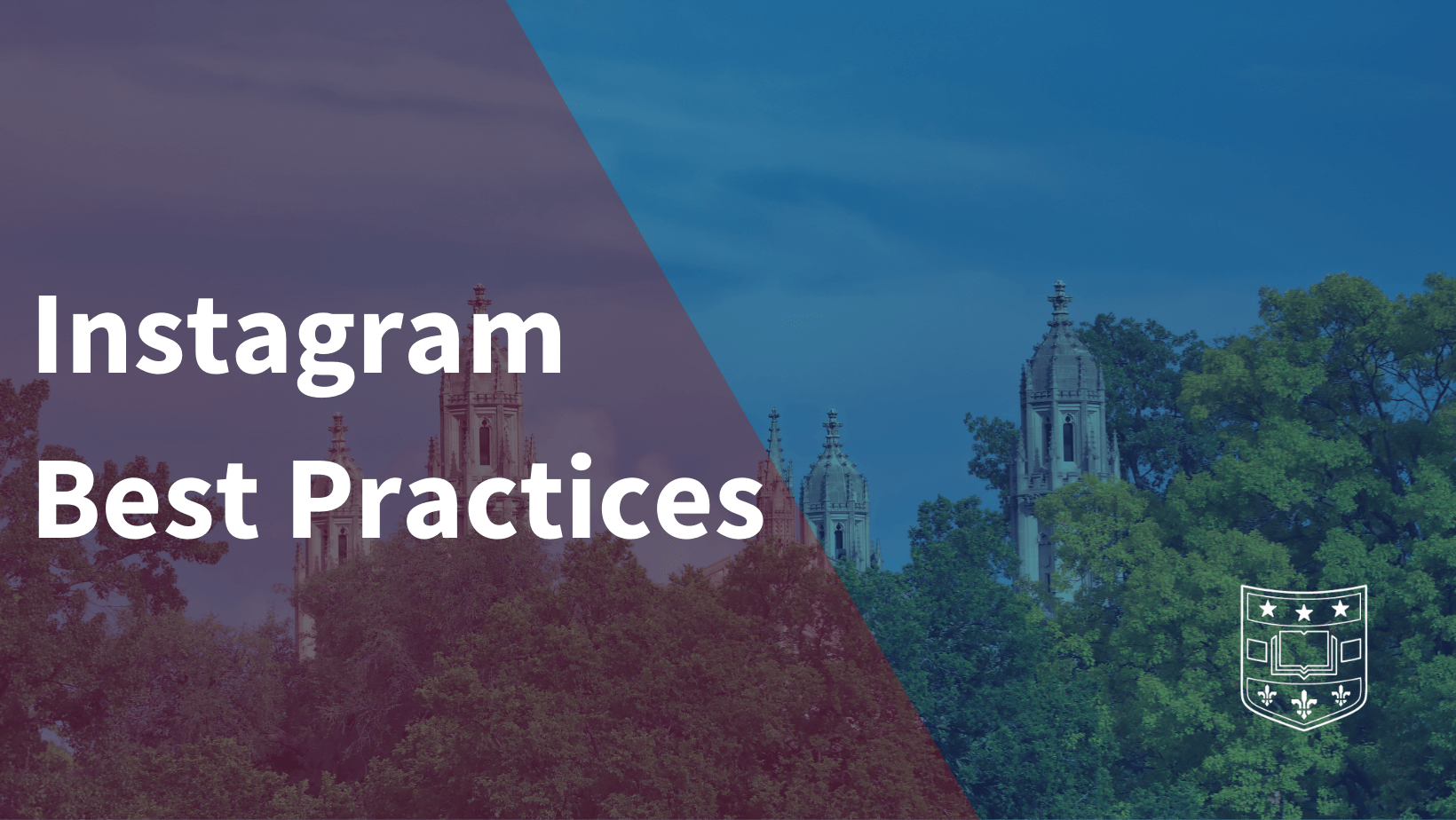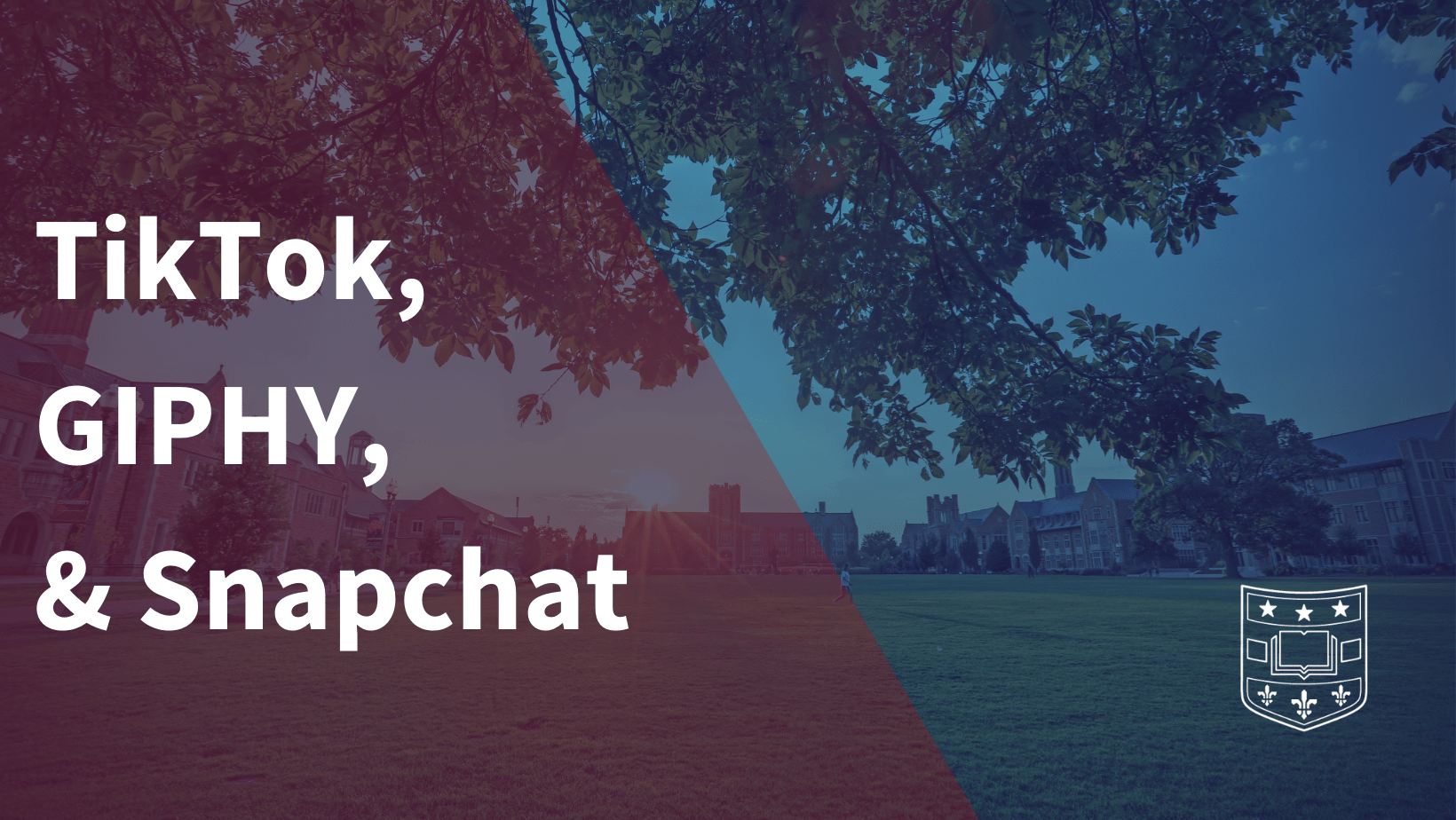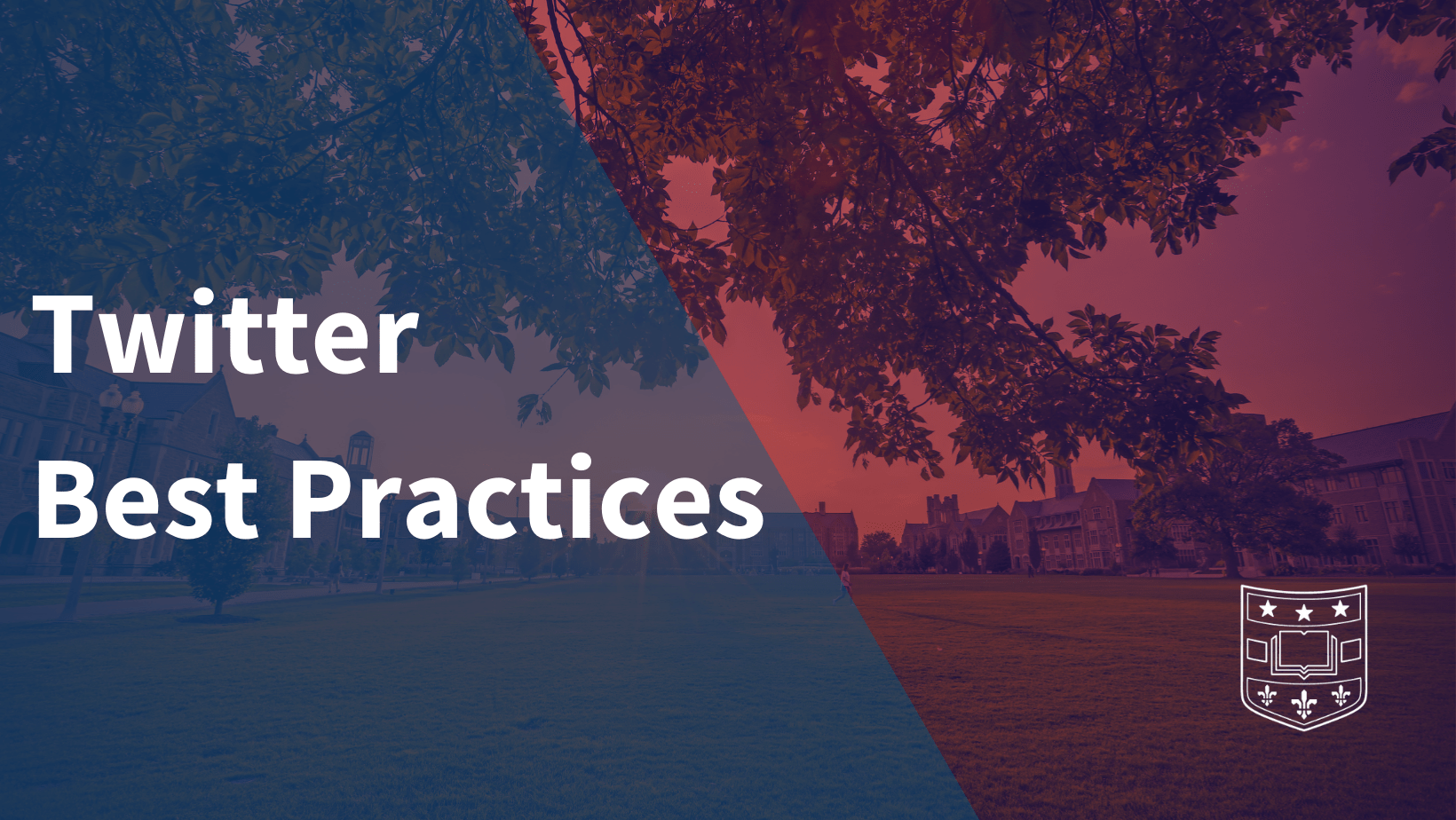Social media can be a great way to tell your story and engage with your audience. While many departments and schools have individualized social accounts, those considering social media should first analyze necessity, resources, and overall communication goals prior to jumping in. The next steps include developing a strategy, content plan, and a strong understanding of the time commitment needed to manage and maintain a social media presence.
University social media policy
The university social media policy serves as a guideline and starting point for those initiating a social media feed that involves the university, its schools, departments, programs, groups, organizations and individuals. The policy is also a reference for those managing existing feeds, so that the university’s efforts in social media communications are as consistent as possible.
Platform best practices
Each social media platform has a purpose and personality that requires communicators to think thoughtfully about how to engage with their audience.

While Facebook continues to be the largest social network, how brands engage and grow audiences on it has changed significantly over the years.

Instagram continues to be on the rise. With an amazing and fun suite of tools, Instagram has become a great space for storytelling and connecting with your audience.

The social media landscape continues to evolve. Stay current with new platforms and ways to engage with your audiences.

Twitter continues to be the leading platform for breaking news and timely information. For insight into the latest trending topics, you’ll find it on Twitter.